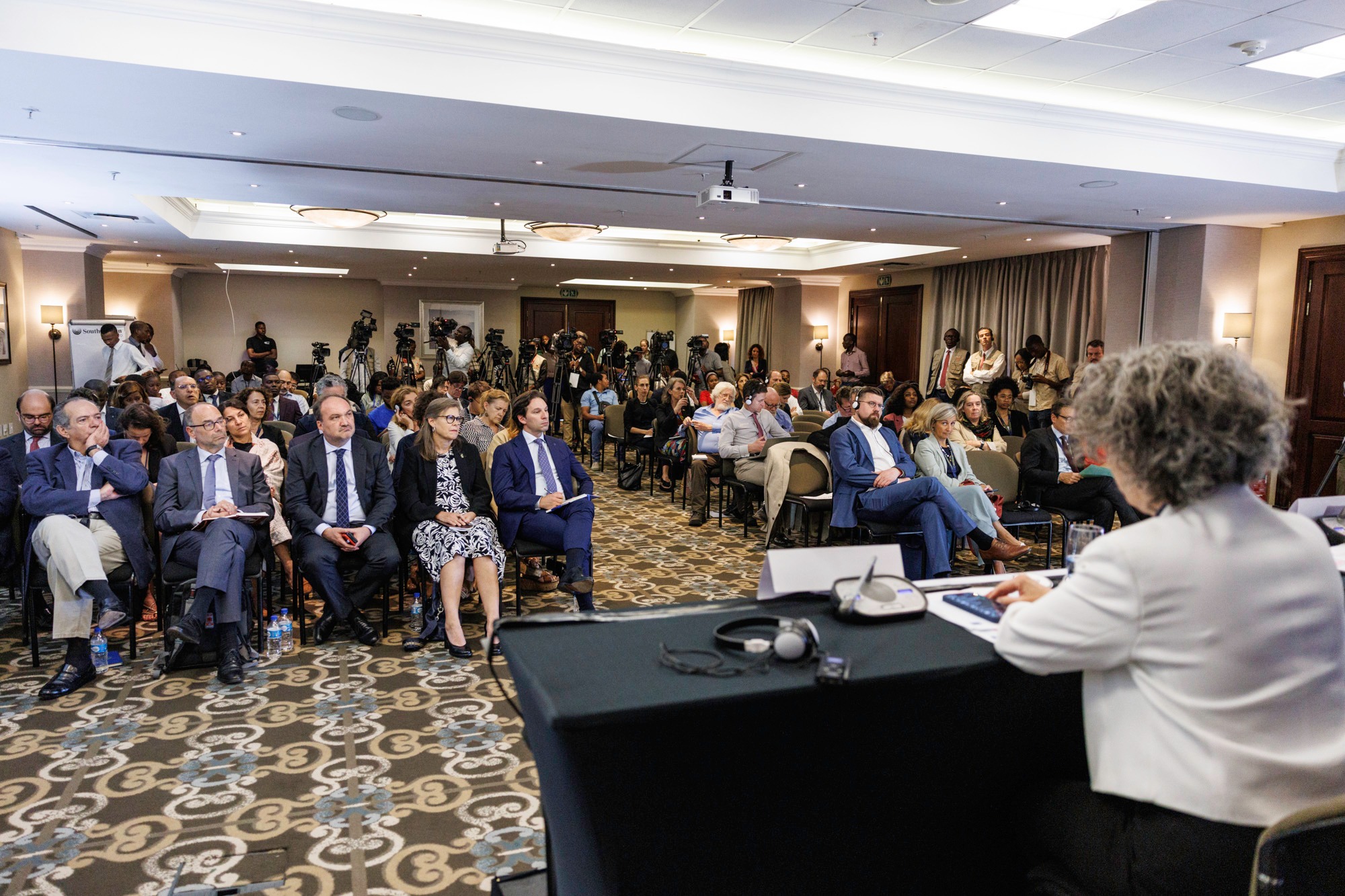DOP 2024
Free and Fair? Balancing nuance and clarity in election observation communication

It’s the question journalists most often ask about an election: was it free and fair? The phrase has been used for decades as a shorthand to say whether an election was generally good or bad. However, most election observers have moved away from it as it implies that an election is simply either ‘free and fair’ or not. The question asks observers to boil down their extensive findings to one or two words and issue an overall judgement of the process.
“In reality, things are not so black and white,” explains Meaghan Fitzgerald, Head of the election department of the OSCE’s Office for Democratic Institutions and Human Rights (ODIHR). “As election observers, we look at the whole process, from issues such as the country’s election laws, the accuracy of the voter register, and the access of candidates to the media, to voting, counting and tabulation on election day, and the resolution of any legal challenges. When we come to present our conclusions, usually there is a lot of nuance, which is lost in the phrase ‘free and fair’. It’s very rare for an election not to have some weaknesses or areas for improvement. Election observation is about giving the citizens the impartial information they need to take judgement on the process, as it is theirs to take, rather than to give a stamp of approval to an election.”
This, then, is one of the dilemmas of communicating on the findings of election observation missions: how to convey the subtleties of a complex and multifaceted analysis in a way that is meaningful to a public eager to know if they can have faith in the system?
“There is a need to balance the technical details of a mission’s findings with a message that makes sense to ordinary people,” says Sarah Crozier, a communications expert who has worked on election observation missions for various organizations that have endorsed the Declaration of Principles (DoP) on International Election Observation. “The danger of putting too many caveats into a mission statement is that journalists will necessarily have to simplify them when they write their copy. At the same time, oversimplifying conclusions risks changing the meaning. When we get the balance right and make life easier for journalists, we tend to be happier with the coverage we get.”
While social media presents many opportunities for fast communication, its limited text length and our ever shorter attention spans also leads to challenges for election observation missions. A lot of work goes into producing accurate election statements, but these efforts can be wasted if the end product is hard to translate into understandable language for a wider audience.
These are just some of the dilemmas that will be discussed at the DoP annual implementation meeting on the session “Improving Public Understanding of Our Observation Work and Communicating Complicated Messages” on Thursday, 23 November, co-led by ODIHR and the Commonwealth, and featuring journalist Alan Kasujja, who has reported from across the globe for the BBC.
